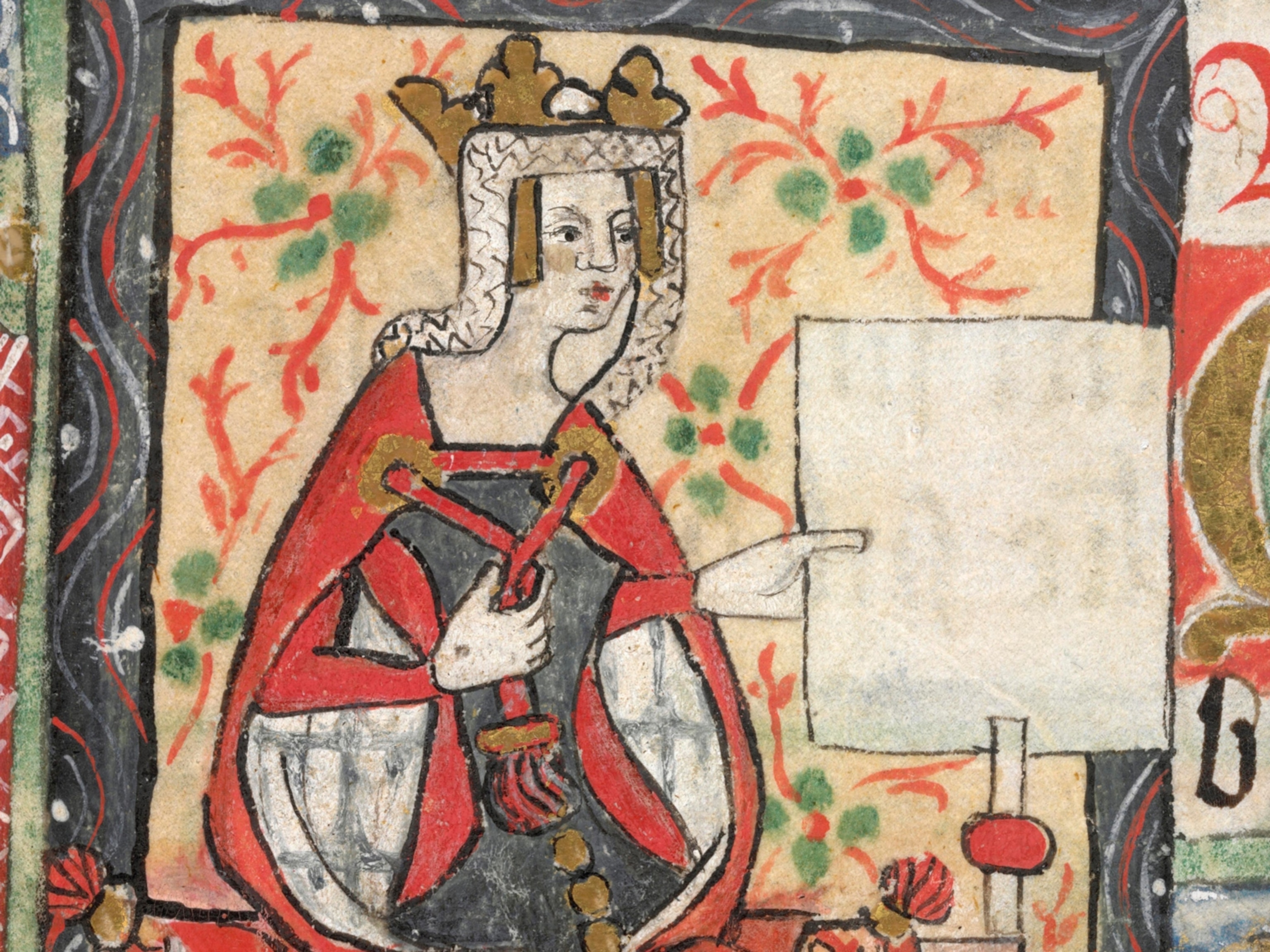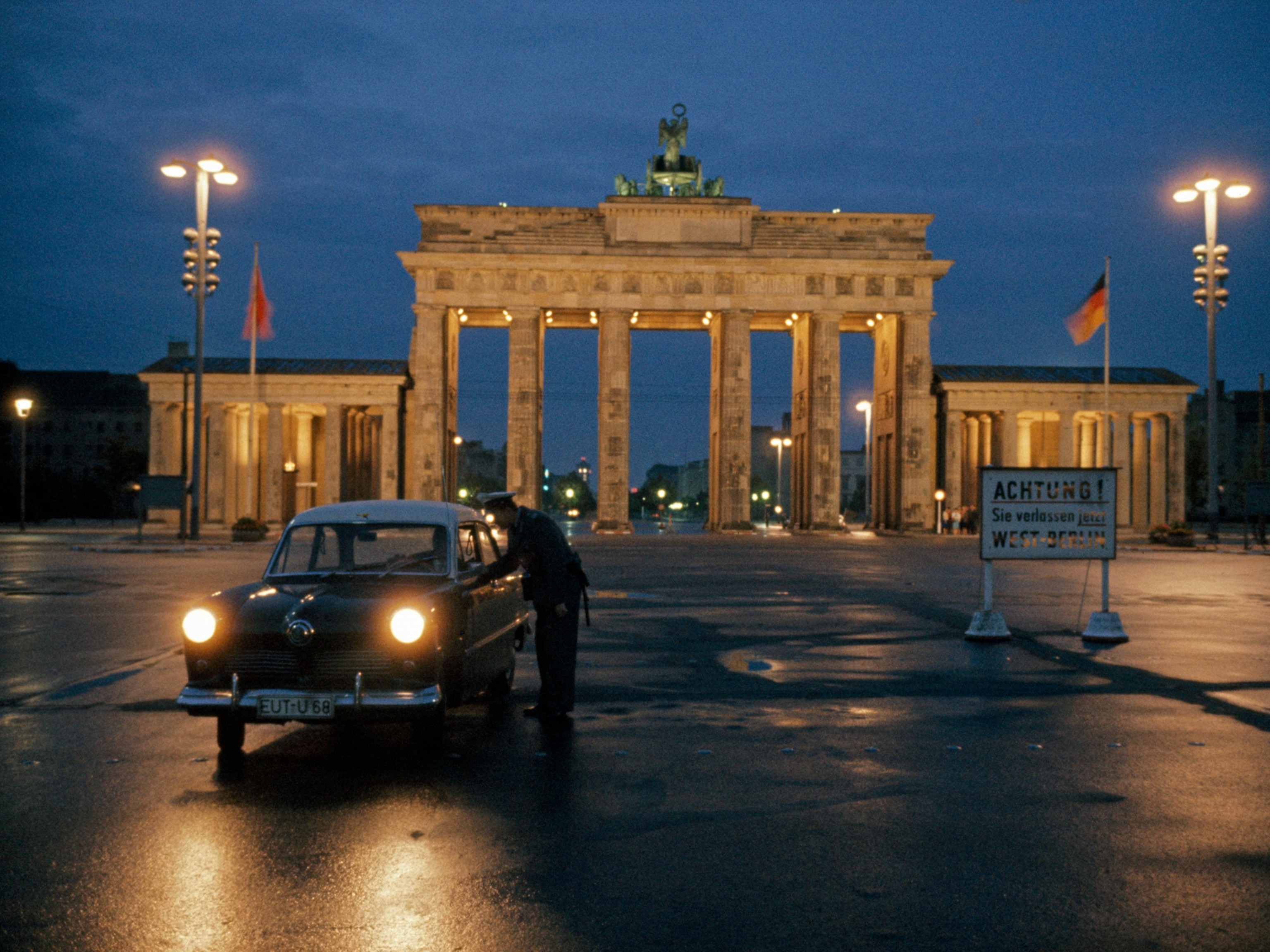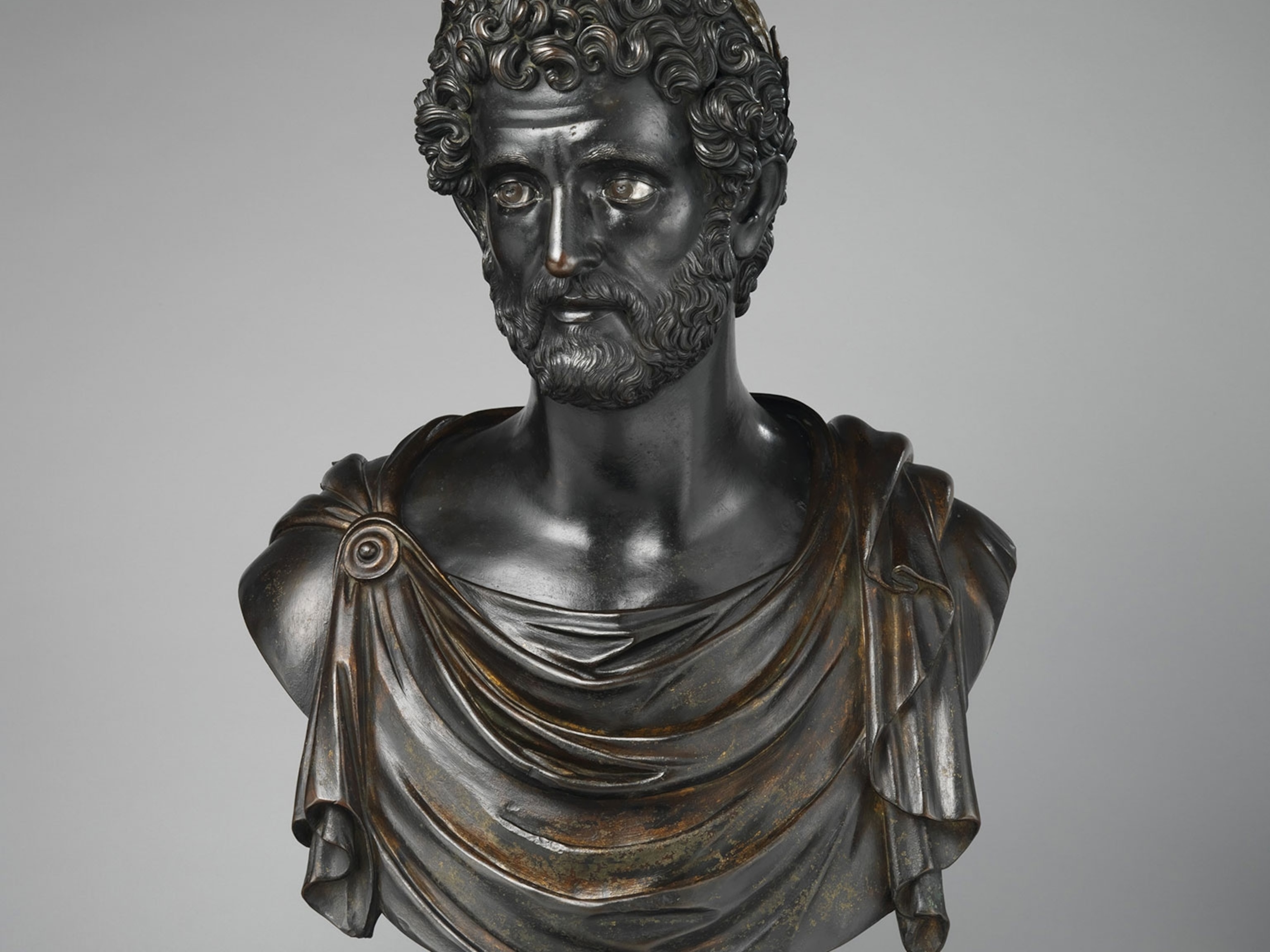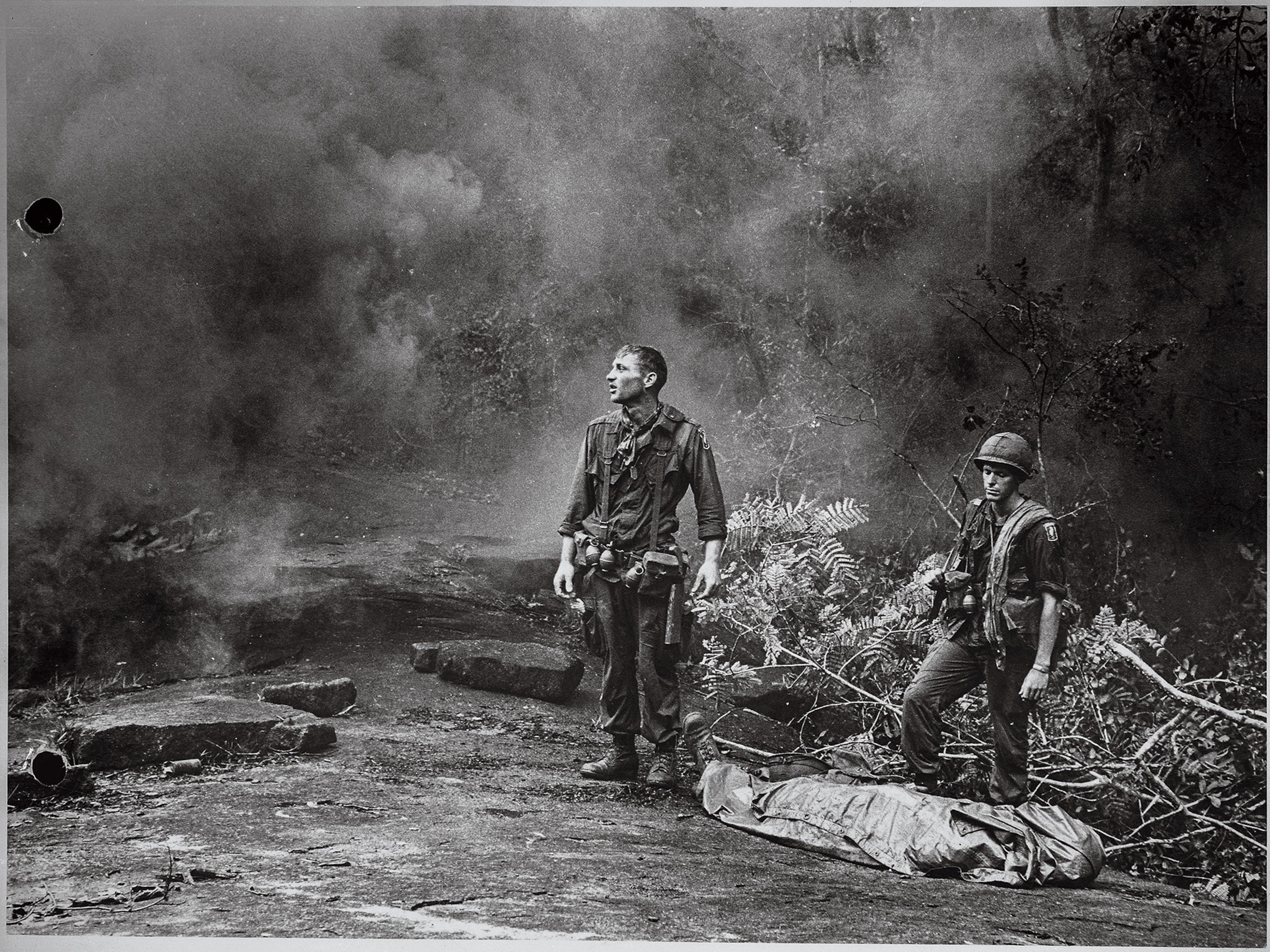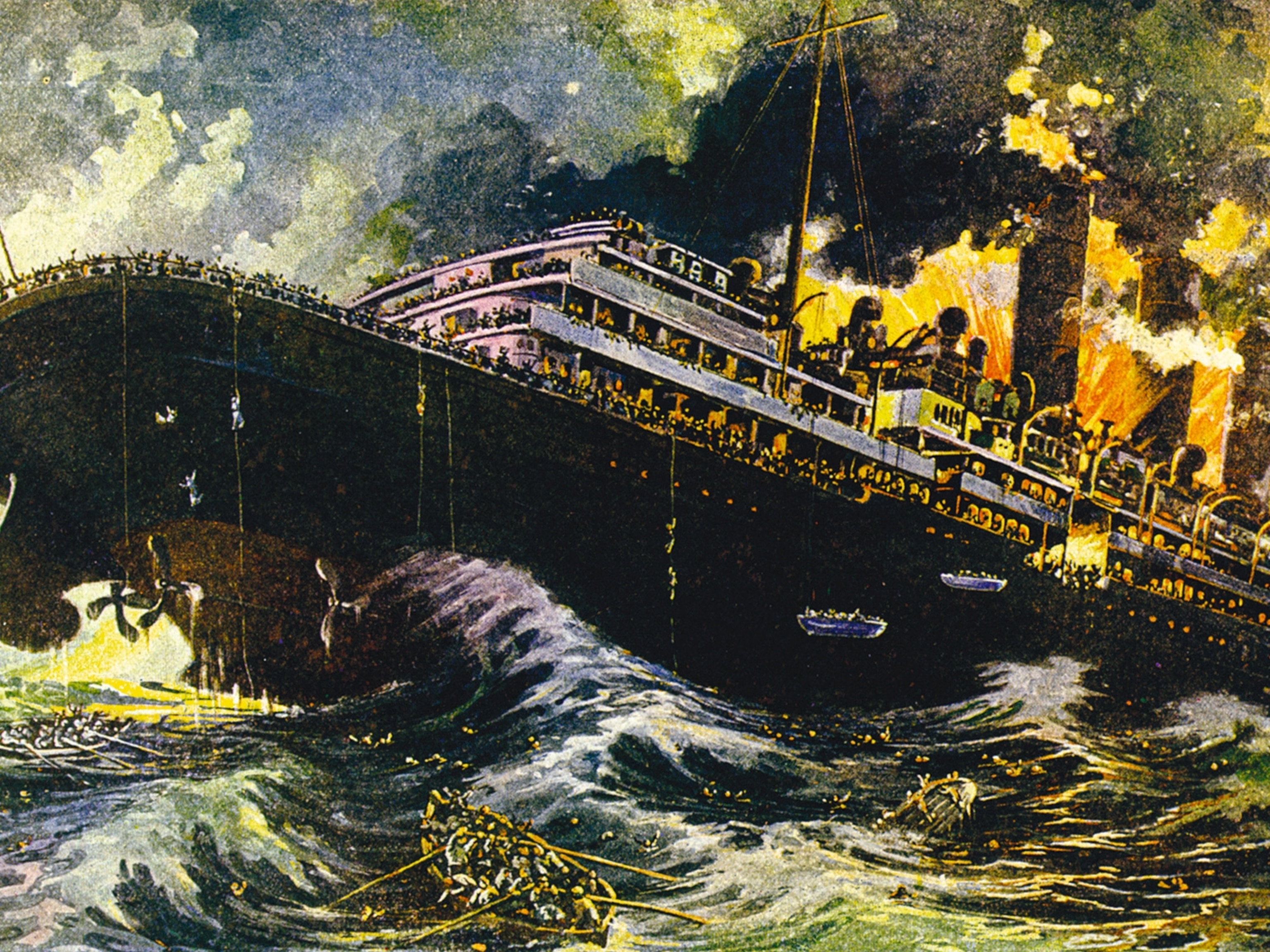
20 Years Later, a Bosnian Returns to His War-Scarred Home
Sulejman Bijedić fled Bosnia and Herzegovina as a child. After the war he returned to his ancestral village to document life.
Even though he left Bosnia at age 5, Sulejman Bijedić still remembers playing at grandparents’ house and his father throwing him into the Neretva river to teach him to swim. He remembers the sounds of gunshots and chaos on the streets and his father being taken to a prison camp. He remembers being driven to a port in Croatia and, at night, boarding a ship to Italy. Sometimes the noise of a plane or a siren will bring back these memories.
In 2016, Bijedic flew from Italy to his mother’s village with a camera. He'd visited with his parents when he was younger, but this time he came alone. He wanted to document the Muslim community who remained in Počitelj and those who returned after the war. Bijedić called the project Odavle Samo U Harem—a phrase he heard a town elder say, which means “From here only to the cemetery.”


His mother’s childhood stories painted Počitelj as an idyllic town filled with pubs and restaurants and surrounded by nature. What he found was a village destroyed by the war being fought between Orthodox Bosnian Serbs, Catholic Croats, and Muslim Bosnians after Yugoslavia broke up in the 1990s. Local industries had collapsed, leaving unemployment high and social tensions strained. Trash floated on the Neretva river.
But each summer, members of his generation return from across Europe to reconnect with their ancestral homeland. “Their parents do not want their children to lose touch with their origins, their language, and the family,” Bijedić says.


Coming home is a fraught process for refugees. Even decades after the war has ended, soccer clubs, shops, and neighborhoods are segregated by ethnicity in towns across Bosnia and Herzegovina. [Read about Sarajevo's last lunar clock timekeeper.]
A peace agreement was struck in 1995, and by the late 1990s the international community began pressuring refugees to return to Bosnia. This would bring much needed economic help and also prove that newfound reconciliation policies were working, says Hannes Einsporn, a humanitarian who studied Bosnia’s returnees while pursuing a master’s degree at Oxford in 2016. When people return home after a war, he says, they “are voting with their feet and giving confidence that state is functioning again.”


But getting back is just the first step. Then begins the process of reclaiming their land, rebuilding their houses, and mending relationships. Military escorts followed United Nations-chartered buses filled with returnees, and legal assistance was offered to returnees. The ground had been laced with mines and buildings had been booby trapped.


Animosities were still fresh. Returnees were persecuted and even shot at, particularly in areas where the ethnic composition had changed during the war. As recently as 2015, people have been physically attacked for returning to their homes in northern Bosnia. More than 7,000 people are still living in temporary centers across the country.
In 2004, the 1 millionth refugee returned home to Bosnia and Herzegovina. But the average returnee is old or retired, says Einsporn. Often, they keep a house elsewhere in Europe and go back and forth to their villages in Bosnia. With few economic opportunities, young people don’t want to make a permanent return to their parents' land.


In Prijedor, where Einsporn did his research, the city remains divided. The shops in the center are owned by Serbs, and there were few Muslims living in their original quarter. A couple new houses had been built by returnees who live there seasonally. It felt, he says, like a ghost neighborhood. “They return to their villages, but then you have two different villages with no real interaction between them.”
As the years progress it gets more difficult to return. Einsporn takes issue with the terminology used by the international community to describe going home. “Repatriation is this notion that people return to patria—the homeland [in Latin],” he says. “It doesn’t take into account that the country itself changes. The home changes.”


For returnees to make a smooth transition they must gain economic and political power, Einsporn concluded in his research. But the plans to build a diverse nation didn’t materialize on a local level in Bosnia. “It’s a frozen conflict,” he says. “It’s not something that’s been overcome.” The need for integration after conflict is something that will have to be addressed places like Iraq and Syria, says Einsporn, who now works on the refugee crisis in Iraq for the NGO CARE.
But even for those unable to move home, a visit can heal old wounds. When Sulejman Bijedić returned to his mother’s town, he met an elder named Abdulah Boškailo who instinctively understood the young photographer’s quest. When Boškailo was dying, his family tried to move him into a hospital and each time he refused, telling them: “Odavle samo u harem.”


This attachment to the land resonated in Bijedić. “Being born in a place with which you are not able to have direct contact and growing up in a foreign country is not an easy thing for anyone,” he says. “It is like not having a solid foundation beneath your feet.” His elderly friend helped him regain that foundation, and instill pride in his homeland. He took the translation of Boškailo’s saying—“from here only to the cemetery”—and turned it into a photography project.

“The war does not end on the day the soldiers stop firing,” says Bijedić. “For many people that is just the beginning, because they will have to carry the consequences of the war for a lifetime, or worse, for generations.”
You may see more of Sulejman Bijedić's work on his website and follow him on Instagram.

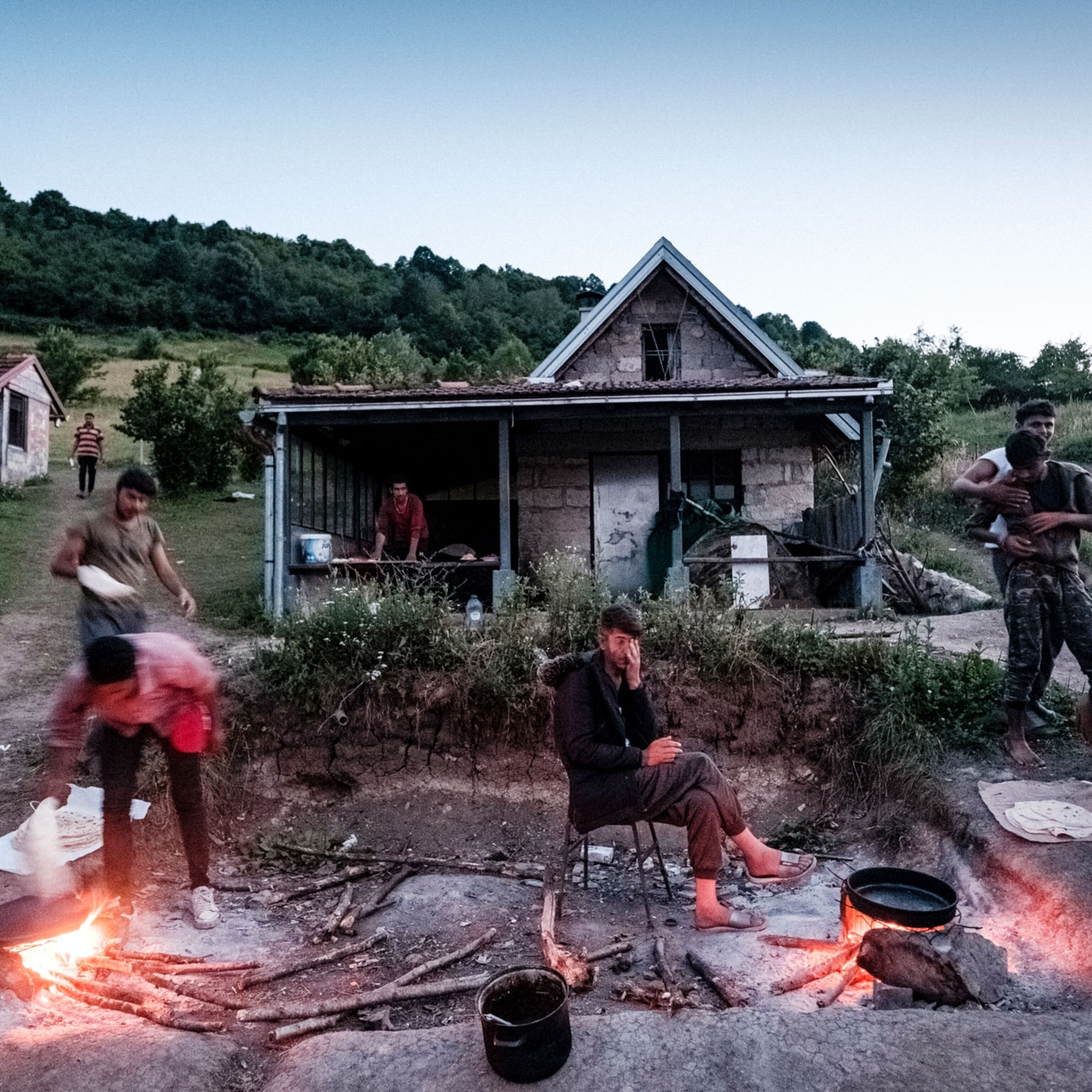

_square.jpg)
